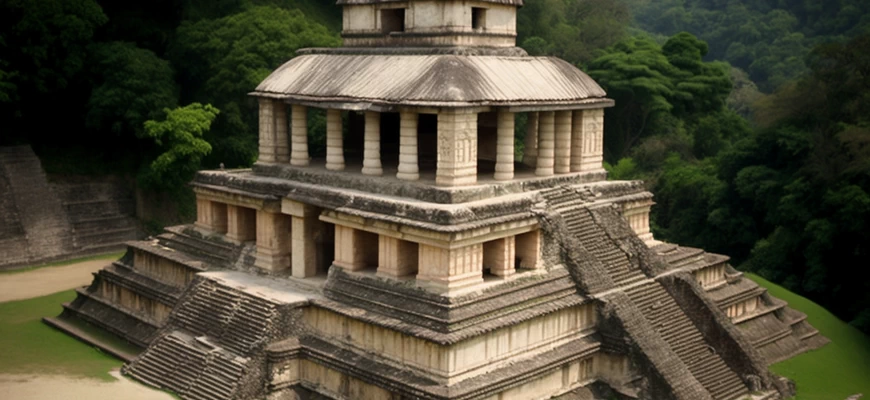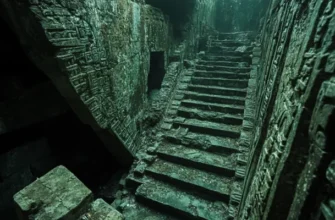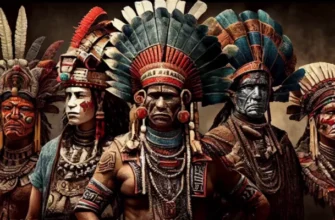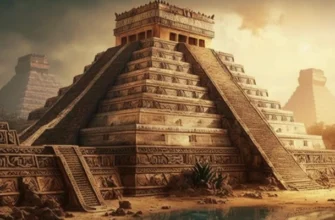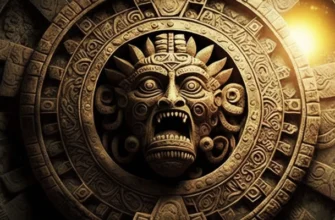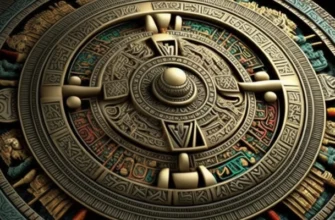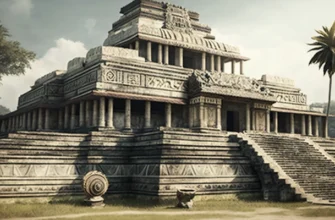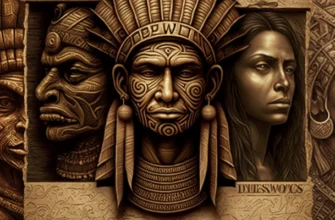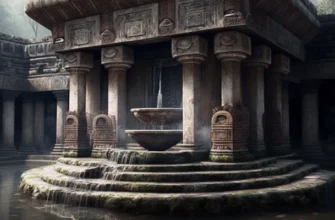The Royal Tomb of Palenque is an archaeological complex located in southwestern Mexico. The tomb was built by the ancient Maya in the 7th-10th centuries AD and is considered one of the most famous royal tombs. The complex consists of several buildings and palaces where you can see various sculptures, inscriptions and other decorative elements. In the early 20th century, scholars from all over the world began to study the city and the tomb. Today, it is a popular tourist attraction and research site for archaeologists.
Legends and myths associated with the royal tomb
Of the history and legends about the Palenque tomb, many have a mythological component, which is mentioned in folk tales and legends. One of these legends is related to the statue of the “Divine Woman” in the tomb and its unusual properties. There is also a myth that a map leading to Mayan treasures can be found in the tomb. In addition, there are legends that the tomb is the source of clumsy and mysterious research related to magic and esotericism.
Deciphering the inscriptions and images on the walls of the tomb
The inscriptions and images on the walls of the Palenque tomb are an amazing combination of art and history. Many of them reveal the history of the ancient Maya and their religious beliefs. Researchers have spent a lot of time deciphering these inscriptions and images to understand the Mayan language and culture. In particular, the walls of the tomb depict kings and their relatives, gods and mythical creatures, as well as various rituals and ceremonies. Unraveling these inscriptions and images allows us to understand more about the life of the ancient Maya and their spiritual beliefs.
Conclusion
The study of the royal tomb at Palenque is of great importance and value to our understanding of the history and culture of the ancient Maya. This tomb is a treasure trove of knowledge about the life and beliefs of this ancient civilization. The study of the inscriptions and images on the tomb walls allows us to understand Mayan art, religion, culture, and social structure. In addition, studying the tomb helps to preserve valuable historical artifacts and keep the memory of that ancient civilization alive for future generations. Visiting the tomb also allows tourists to see a part of our shared history and cultural heritage.
